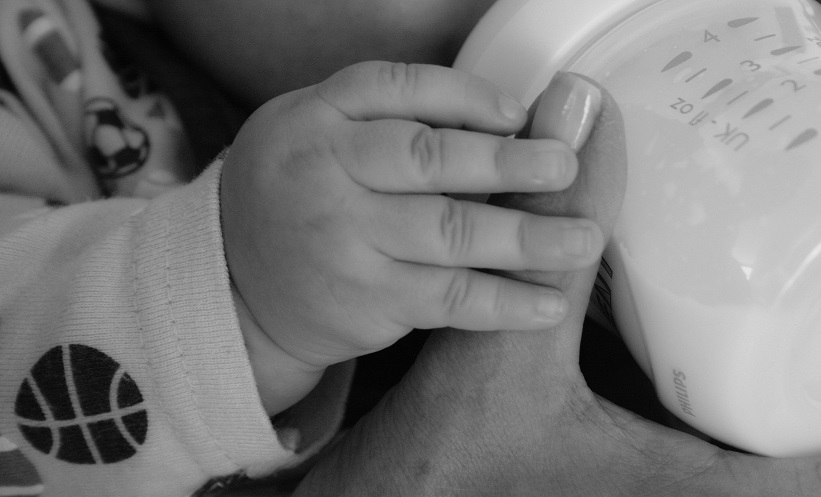BREASTFED babies are less likely to develop allergic conditions such as atopic dermatitis than babies fed with formula. While the reasons for this are not yet fully understood, researchers from Penn State College of Medicine, Hershey, Pennsylvania, USA, have discovered small molecules, which are found in most human breast milk, that could be responsible for this protective effect.
Inappropriate activation of the immune system to environmental exposures is responsible for approximately one-third of children developing atopic conditions such as atopic dermatitis, food allergies, and asthma. Previous research by Steven Hicks, Penn State Health Children’s Hospital, Hershey, Pennsylvania, USA, demonstrated how microRNAs (miRNA), which regulate gene expression, can be used to diagnose some health conditions such as autism. Hicks stated that “there are nearly 1,000 different kinds of miRNAs in human breast milk,” and previous research shows relationships between certain allergic conditions and miRNAs.
For 12 months, 163 mothers who intended to breastfeed for a minimum of 4 months, and their babies, were followed. How long each infant was breastfed for was tracked, and the miRNA composition of each mother’s breast milk was measured throughout lactation at Weeks 0, 4, and 16. Based on reported breastfeeding patterns and the concentration of certain miRNAs in breast milk samples, the researchers calculated the number of specific miRNAs that were consumed.
Throughout the study, the infants were evaluated for atopic dermatitis, food allergies, and wheezing. According to the results, 25% of the infants studied developed atopic dermatitis, 20% developed food allergies, and 6% developed wheezing. Those infants who did not develop atopy consumed more miRNA-375-3p (miR-375), on average, than the infants who did.
The results also indicated that miRNA levels increased throughout lactation, and mothers with a lower BMI usually had a higher concentration of miR-375. Hicks believes that this could be the reason why “sustained breastfeeding has been associated with reduced atopy in certain studies,” noting that the biggest increase of miR-375 occurs 1 month after birth.
While the finding could lead to interventions to help prevent infants from developing atopic dermatitis and allergies, further research is needed to confirm these findings and define the mechanisms of miR-375. While Hicks believes that further research might see miR-375 added to baby formula, research is also needed in exploring interventions to boost miR-375 in breast milk.








